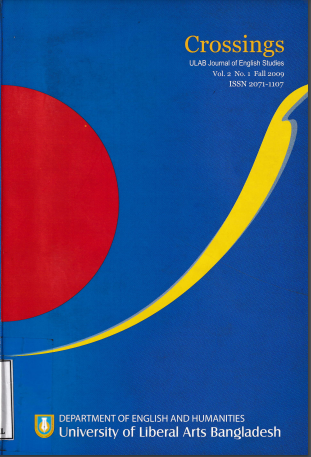“Some Qualities of Permanence”:
Tagore’s English Prose
DOI:
https://doi.org/10.59817/cjes.v2i1.391Abstract
How good is Tagore’s English prose’? If Tagore himself is to be believed. not good at all! And yet, it must be remembered it has his own 1912 English renderings of his poems in prose, Gitanjali (Songs Offerings) that brought him instant worldwide recognition. It is important to note too that Tagore continued to produce memorable works in English every now and then for almost three decades. We have to only think of a letter like the one he wrote renouncing his knighthood or works such as Nationalism or The Religion of Man ourselves that his achievement in English prose is by no means negligible. Indeed, within a few years of his Gitanjali work, Tagore indicates in a letter that he had actually begun to overcome his limitations and to savor “the wonderful power” of English prose (letter to J. D. Anderson). In the last decade of his life, he was even willing to concede that his prose had managed “to attain some quality of permanence” after the initial help and advice he had got from people like W. B. Yeats and Thomas Sturge Moore and the encouragement he had received from his good friend William Rothenstein. The purpose of this paper is to show how the best of Tagore’s English prose managed to attain “some qualities of permanence” in English because of the artistry with which he used the English language. It will attempt to demonstrate how Tagore endeavored to use the English language flexibly and imaginatively and how he was able to wield the language in diverse ways to suit the occasion, the audience, or the form of expression he had chosen. In the process, I hope to produce a thorough revaluation of Tagore’s contribution to English prose and affirm the value of his prose writings in our time.
Downloads
Published
How to Cite
Issue
Section
License
Copyright (c) 2011 Fakrul Alam

This work is licensed under a Creative Commons Attribution 4.0 International License.
All articles published in Crossings are licensed under a Creative Commons Attribution 4.0 International License



